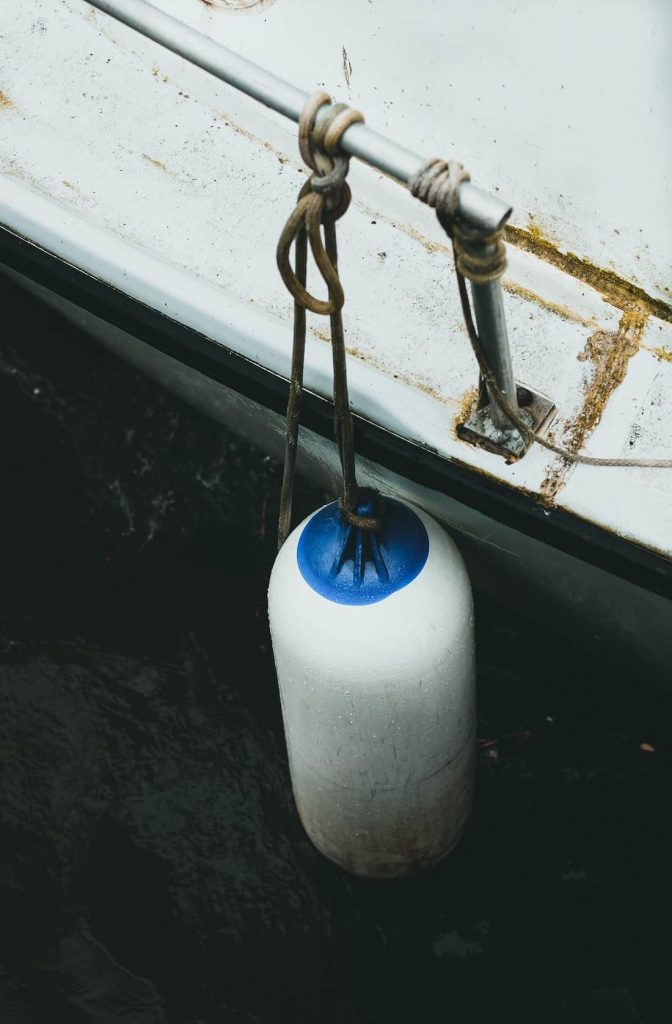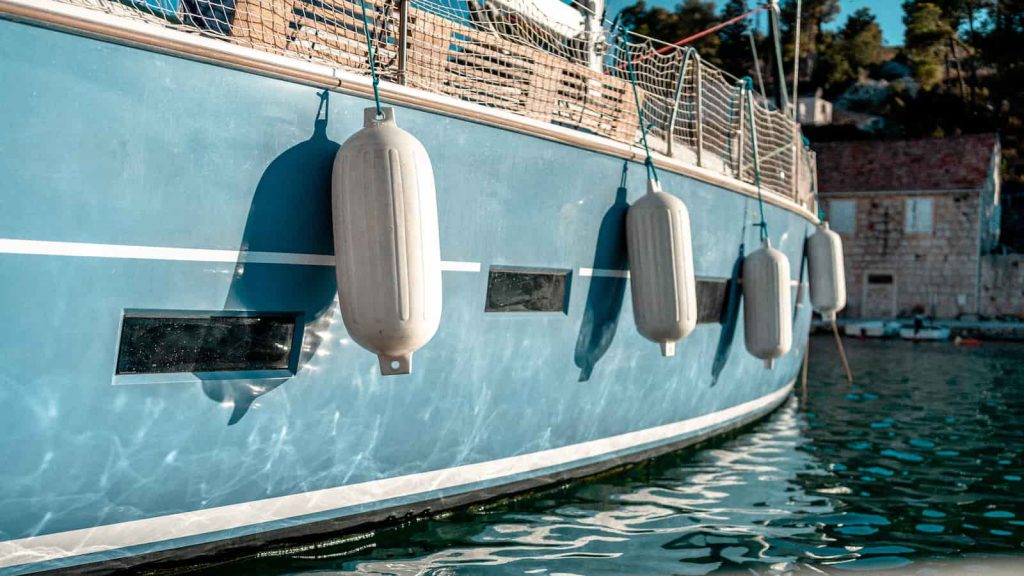Fenders: necessary and never trivial
In the berths of our Marina Porto Antico, in the center of Genoa, the most diverse vessels find mooring. Between the long
Faced with this enormous variety of boats and needs we can define ourselves without fear of being wrong as true experts in the art of mooring. And as we know, this activity presents many delicate aspects, starting from the choice of fenders: placing the wrong protection can indeed mean transforming a safe approach into damage, just as the wrong fender can compromise the safety of the moored vessel in case of strong wind.
Today we will therefore see how to choose the right fenders for your boat.
How many Fenders Does your Boat Need?
Even before understanding how to choose the ideal fender for your vessel, it is necessary to identify the exact number of protections needed to secure the boat. The general rule is, as is known, to position at the time of mooring
The number of protections to place on the perimeter of the hull before mooring obviously increases with the increase in boat dimensions: as a general rule it would always be good to have a fender every 2.5 meters, never going below this reference distance.
How to Choose the Right Fenders for your Boat: the Different Types
In recent years there has been a great proliferation of types of boat fenders, to make mooring increasingly safe. And here at Marina Porto Antico in Genoa we therefore see them in all
Spherical: the spherical fender is the classic inflatable ball protection, equipped with an eyelet in the upper part. This is a fender with simple and quick use, which can be used both as standard protection and as emergency protection when approaching other vessels. They do not excel, it must be said, in stability.

Flat: having seen the classic fenders with circular section, let’s move towards the more particular ones. Flat fenders certainly cannot roll right or left along the side. Made of expanded foam – and therefore not inflatable – they are characterized by reduced bulk, and great fixing flexibility thanks to the holes positioned at the corners. However, they cannot guarantee the same protection as inflatable models, and in any case interpose a smaller distance between the boat and the dock (or between the boat and another boat alongside)
For bow and stern: many, to protect stern and bow, position the classic cylindrical fenders horizontally. However, there are fenders designed specifically to protect these parts of the vessel, and which therefore present much more stability. These are typically shaped protections in expanded foam, excellent also for defending ladders and platforms.
Fenders for inflatable boats: many think that inflatable boats, with their tubes, do not need additional protections at all. In reality things are not exactly like this: the tube can certainly absorb small impacts, but is completely exposed to scratches, abrasions or punctures. It is therefore not surprising that in recent years the number of inflatable boats and RIBs at our tourist port equipped with appropriate fenders has increased, with curved or adaptable shape, perfect for protecting the tubes.
For the outboard motor: the least widespread among the different types of fenders are finally those for the outboard motor. If many protect the propeller simply with a flat or cylindrical fender hung horizontally, so as to perform stern moorings without problems, there are those who have thought well to also produce specific outboard ones, made of foam. This is, for now, a rarity.
Easy and Safe Mooring
Fenders and lines are the main elements that can make a mooring safe. But certainly a leading role is also that of the chosen berth. Here at Marina Porto Antico in Genoa there are no draft problems, and all berths are built with concrete docks and wooden bollards regularly checked. To further increase the safety of moored boats there is also the great professionalism of our operators, always present, as well as obviously the breakwater of the Port of Genoa, which makes our port a safe shelter from storms.
Do you have in mind some days of relaxation among the caruggi, the aquarium, the splendid palaces and the rich art galleries? We then invite you to use our mooring reservation service in Genoa, to secure a mooring just steps from the city center.


